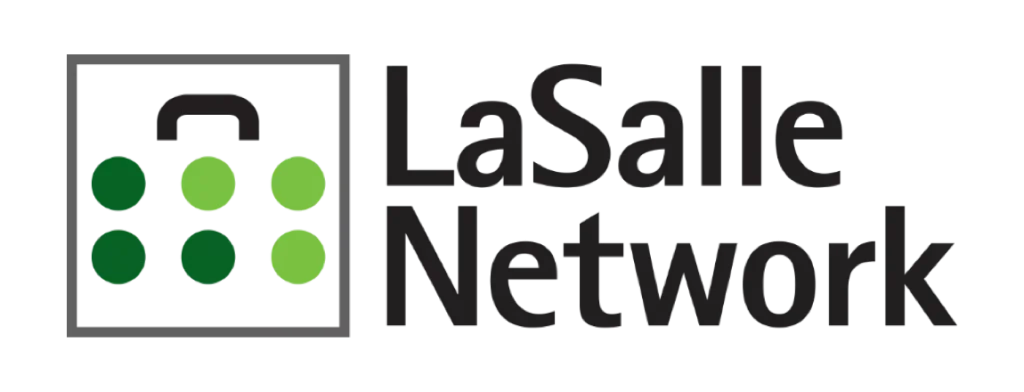We collected survey responses from more than 1,700 employed professionals across the U.S. in October 2022 and again in January 2023 to gauge job satisfaction levels and understand what retains talent at their current companies, compiling our findings into a report with concrete retention and employee engagement strategies. What we found was surprising – job satisfaction levels were higher than anticipated, and yet, 85% of talent surveyed reported they would still consider leaving their job in the next six months.
Especially pending a possible recession and talks of major layoffs, employees have been going 100MPH to prove their value to their team and help their company. For many, this has been a stretch of long hours, and few, if any, days off. While some employees may thrive under pressure, many may be exhausted and on the verge of burnout. What happens if one of your top performers starts to slow down…or begins to look elsewhere?
Burnout is a state of emotional, physical, and mental exhaustion caused by excessive and prolonged stress. It can occur when an employee feels overwhelmed, overworked, emotionally drained or unable to meet constant demands. In a recent Gallup survey, nearly two thirds of American workers reported experiencing burnout at some point.
If left unaddressed, burnout may cause employees to lose interest and motivation, decrease productivity and creativity, and can lead to turnover.
Burnout does not occur overnight. There are signs managers can take note of, including:
- Exhaustion. The employee may look or sound extremely tired or have trouble focusing during meetings over a period of time. A sudden lack of engagement and productivity is a telltale sign, especially if they once were very communicative and eager to share ideas or volunteer for projects.
- Irritability. If an employee who is typically easy going starts to clash with others more frequently, or repetitively seems unable to reach a consensus with teammates, this may be a sign they are disengaged.
- Lack of creativity. This may be caused by a lack of mental energy or focus, hinting towards burnout. If an employee who typically brings many new ideas suddenly stops sharing, it may mean their days are starting to feel somewhat monotonous or repetitive.
- Lack of participation. If an employee was once leading the charge in team meetings now barely speaks up, this may be a sign of disinterest.
- Mistakes. While everyone makes mistakes from time to time, if a top performer begins to make mistakes repeatedly, even if small, it may be due to a lack of interest in the task or role.
- Negativity. Everyone has bad days, however, if negativity becomes uncharacteristically frequent or severe, it may be a sign of an employee feeling hopeless or disheartened.
If you notice an employee approaching or experiencing burnout, the first step is to address it. Explain you’re noticing a change in mood and behavior and ask them if there is anything going on outside of work (or with their work) that is impacting them. Don’t assume you know the reason, ask.
Other ways to help support them include:
- Be flexible. Offer the accommodations you can, whether it be emotional support, more flexibility in their schedule or some time off, if appropriate.
- Be understanding. By leading with vulnerability and empathizing with what they are feeling, you can help employees feel less isolated and encourage a positive dialogue. Rather than cracking down on a burnt-out employee’s missteps, find ways to support them and relieve stress.
- Change responsibilities. While it does not necessarily need to be a permanent switch, redistributing tasks that may have become monotonous or draining to allow the employee to take on an exciting, new project may help spark creativity and engagement.
- Find their motivation. Some employees thrive with a little competition, and for others its autonomy or public praise. By knowing what makes top performers tick, you can help them rediscover their motivation.
- Celebrate the wins. While they may be stuck in a rut, there are many small wins to acknowledge and celebrate. By providing affirmation to what they are doing well, you can help refocus their attention on the positive.
- Keep an open line of communication. Whether the employee agreed they may be experiencing burnout or if they mention other stressors that account for their symptoms, continue to check in and develop a plan for continued communication. Maintaining awareness of employee mental health and stress levels can help prevent burnout in the future and help to retain top performers.
Just as you’re there to support your team, we’re here to support you. If you’re hiring, contact us here.





